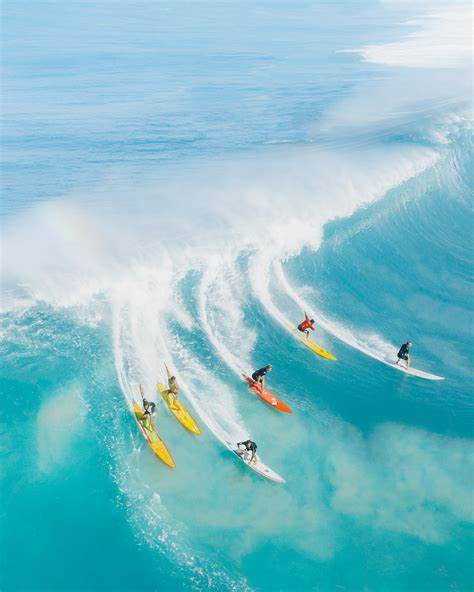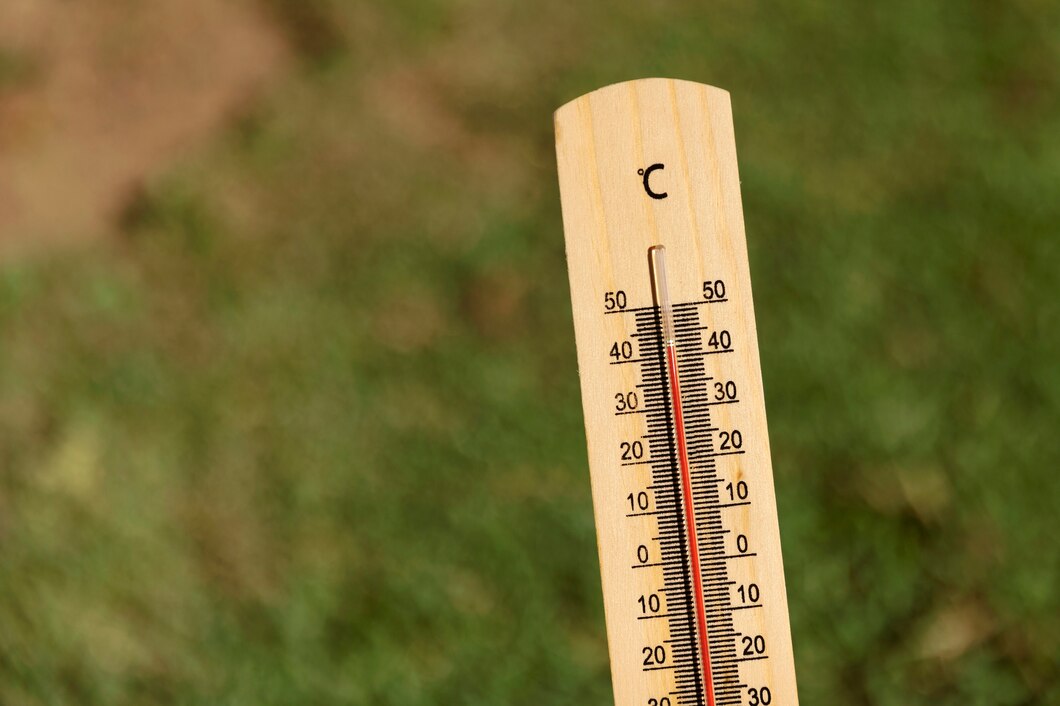Surfing is part of the ‘California Dream’ and culture. California is known for having the most surf spots in the country, with 403 locations across the state’s coast.
With so many places to choose from, it can be difficult to know which time of year is best to catch the perfect waves.
Winter:
Swells in the winter are caused by Northern Pacific storms. These storms are massive and travel for thousands of miles and create large waves. Typically, this is the largest surf of the year.
Pros: consistent and large waves, less crowds
Cons: cold water and air temperatures, higher chances of rain, poor water quality
Spring:
Spring swells in California are created by a mix of north and south swells. However, onshore winds are common, which can make conditions poor.
Pros: consistent swells
Cons: cool water temperatures from winter, onshore winds, shark breeding season
Summer:
A perfect summer day is filled with sunshine and surfing. In Southern California, almost every day can feel like summer! Summertime swells are generated by storms in the South Pacific from May-September. However, these storms can be unpredictable and may lead to long periods of flat water and small waves.
Pros: warm water temperature (60-72 F), smaller waves easier for beginners
Cons: flat water, small waves, crowded (tourists, long summer days, etc.), shark breeding season
Fall:
Fall is considered one of the best seasons to surf in California. Its conditions are similar to spring and the Santa Ana wind gusts create amazing offshore walls and barrels. Water temperatures will also remain warm until October-November.
Pros: warm water temperature (60-72 F), wind conditions, consistent swells, smaller crowds
Cons: extreme wind conditions can make waves choppy, higher chances of rain

















